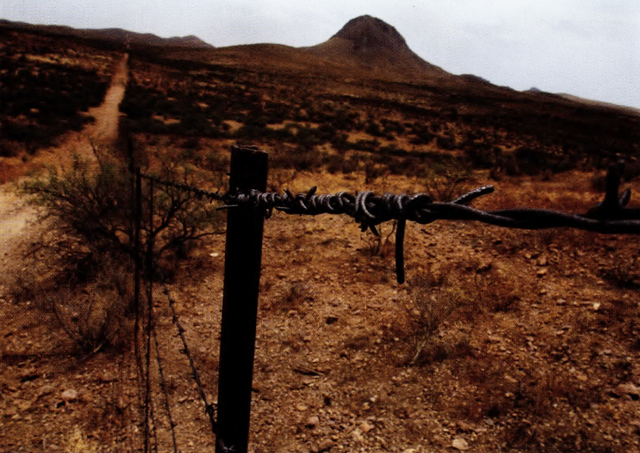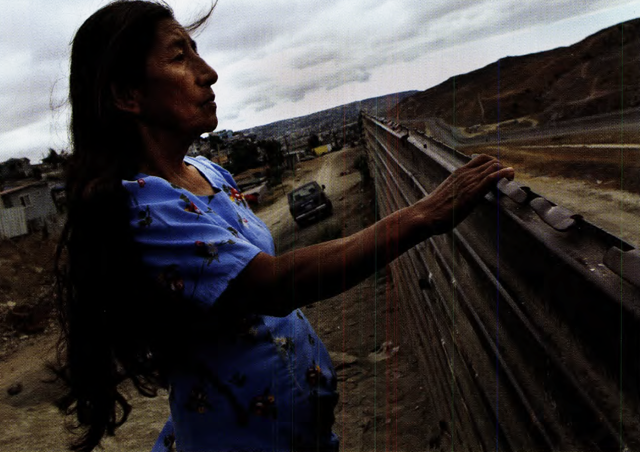From a New York Times editorial, published August 20, 2015, discussing Republican presidential candidate Donald Trump’s plan to prevent undocumented migrants from entering the United States.
He would build a 2,000-mile border wall and force Mexicans to pay for it. Because his plan is so naked — in its scapegoating of immigrants, its barely subtextual racism, its immense cruelty in seeking to reduce millions of people to poverty and hopelessness — it gives his opponents the chance for a very clear moral decision.
Published in the October 2006 issue of Harper’s Magazine, “The Line” captures life—for migrants, children, border-patrol agents, and local residents—along the border of the United States and Mexico. The photo essay contains pictures from Tijuana, as well as various southern-American cities and towns in California, Texas, and Arizona. It is free to view at Harpers.org through September 8. Subscribe to Harper’s Magazine for access to our entire 165-year archive.
Below is a selection of photographs from the essay. Click on each photo to enlarge. Read the full article here.

Undocumented migrants who have been apprehended after crossing the Rio Grande at a Border Patrol station in Laredo, Texas.













































































































